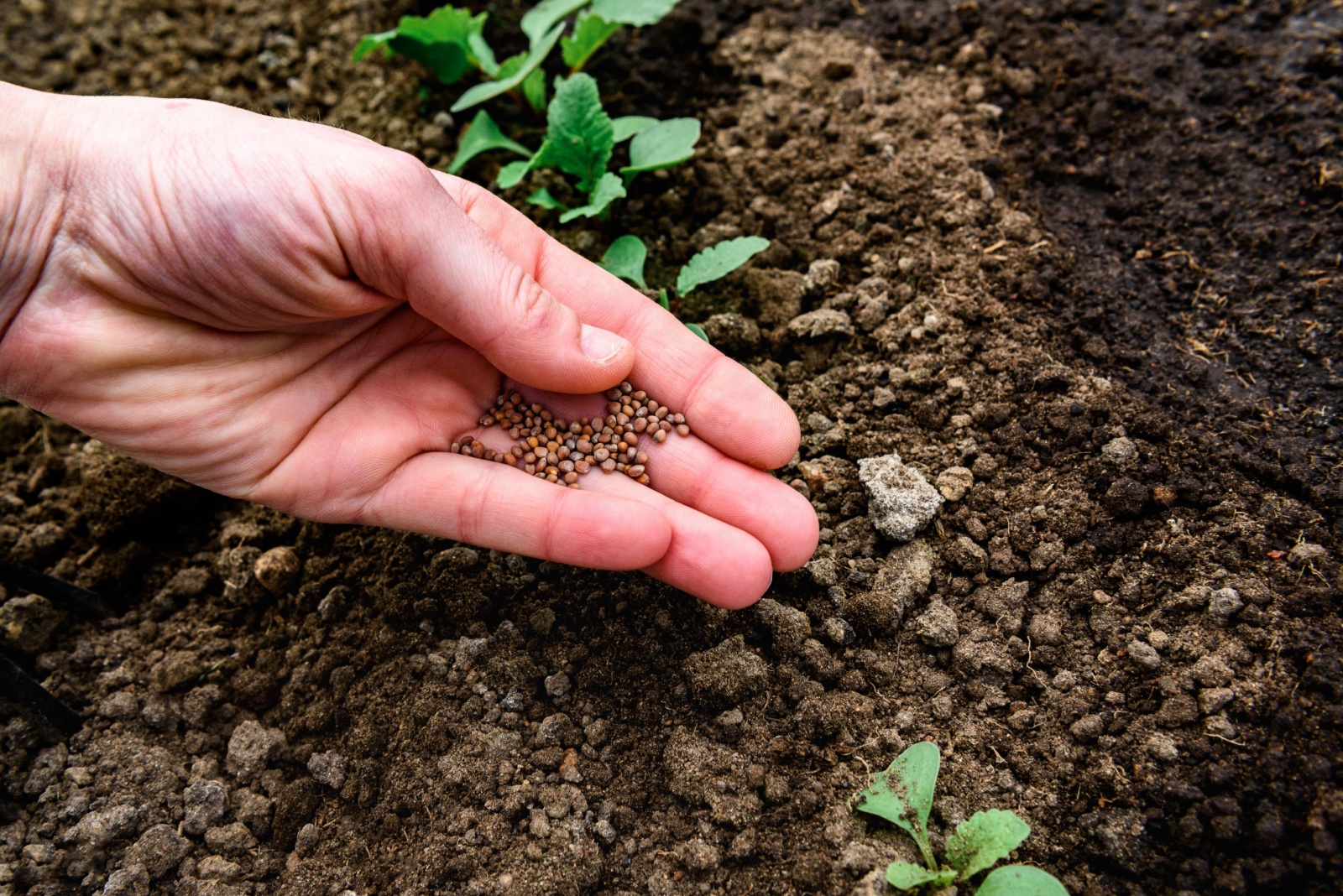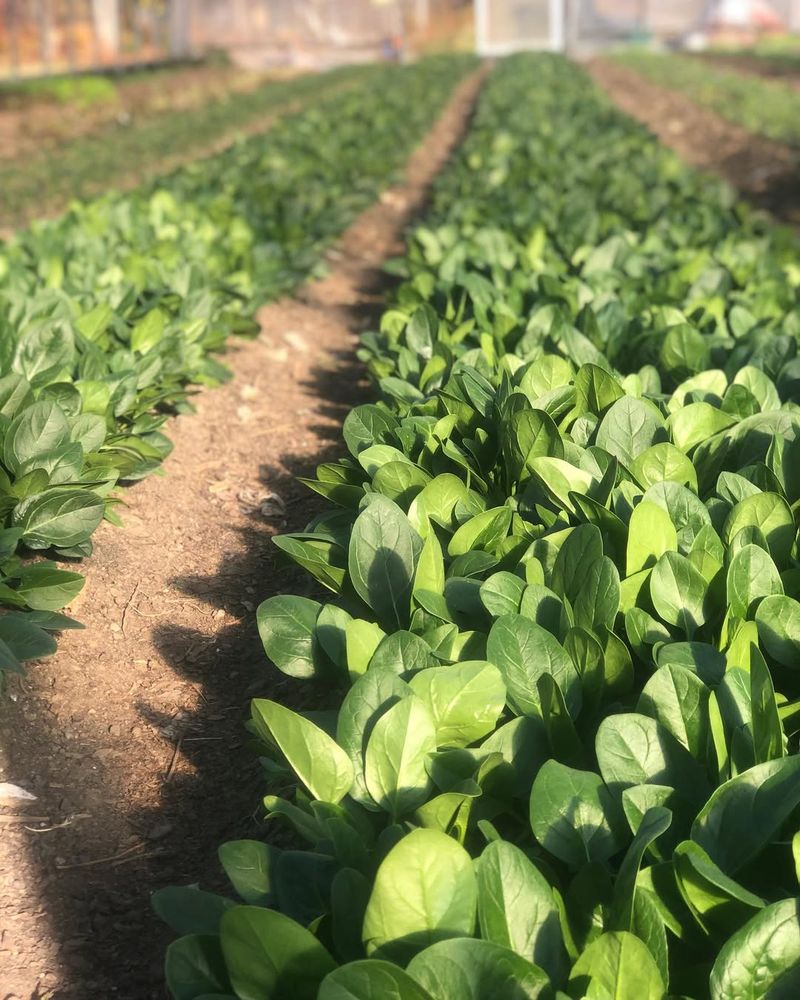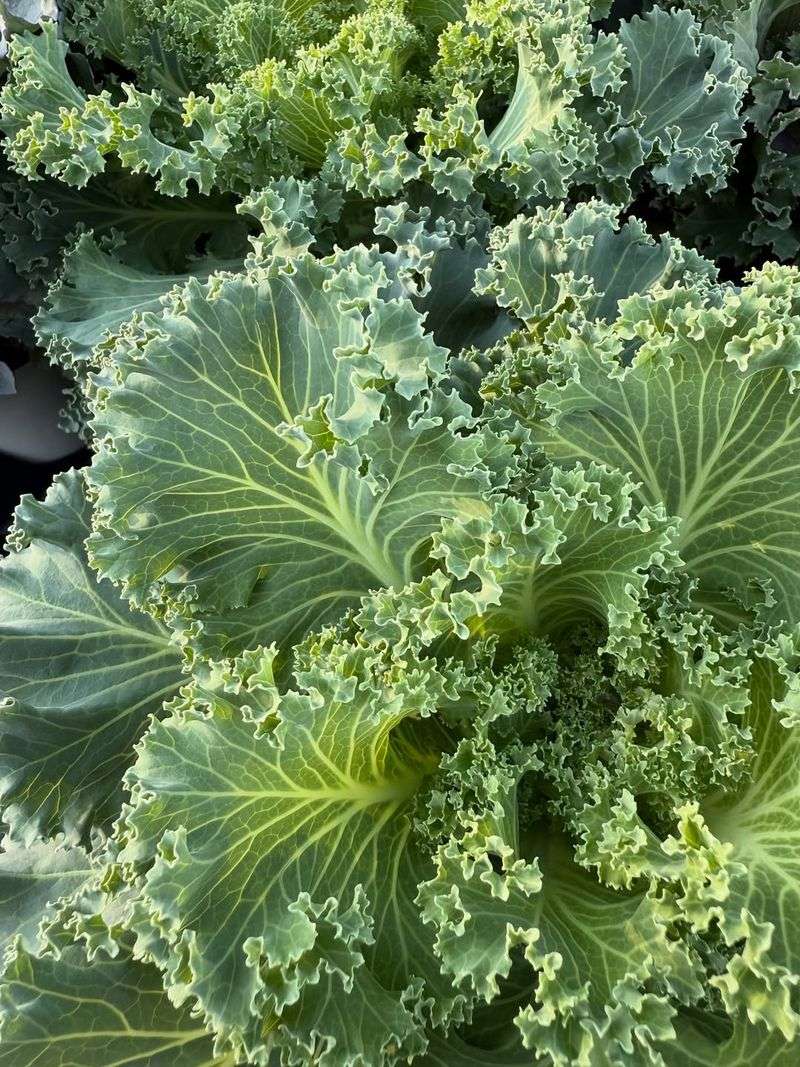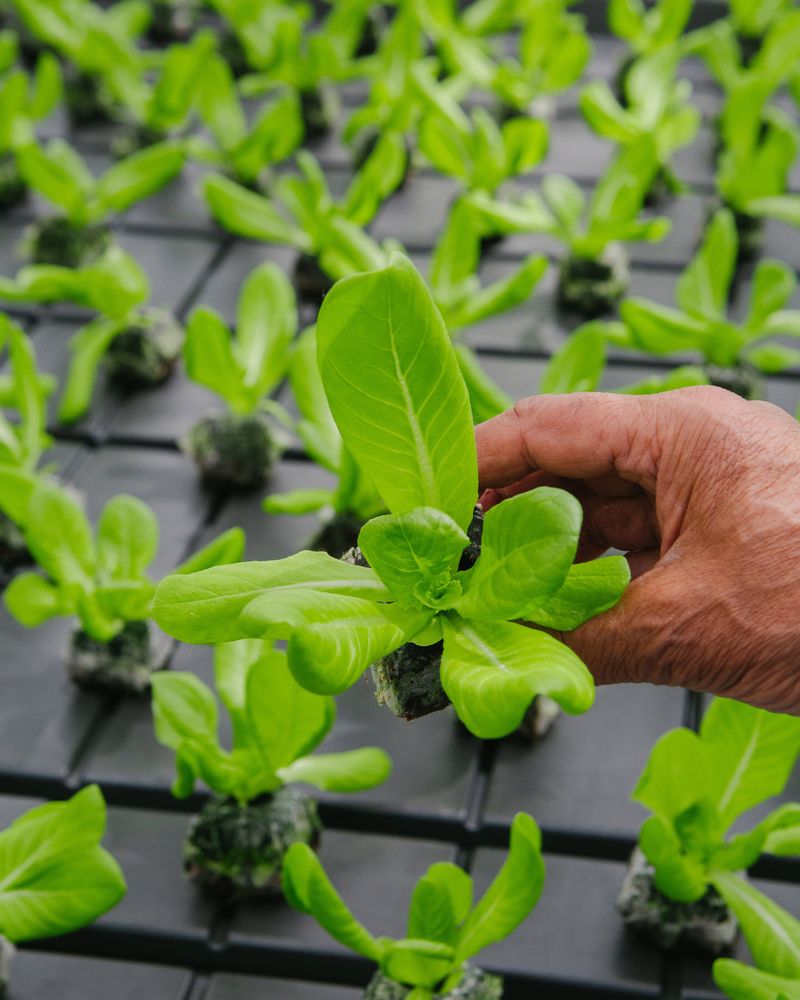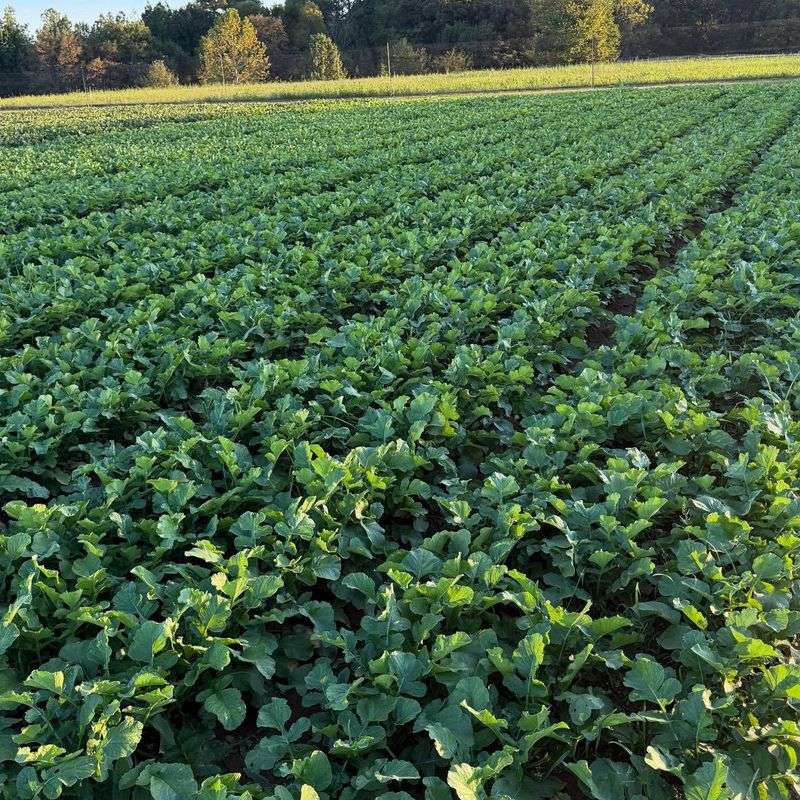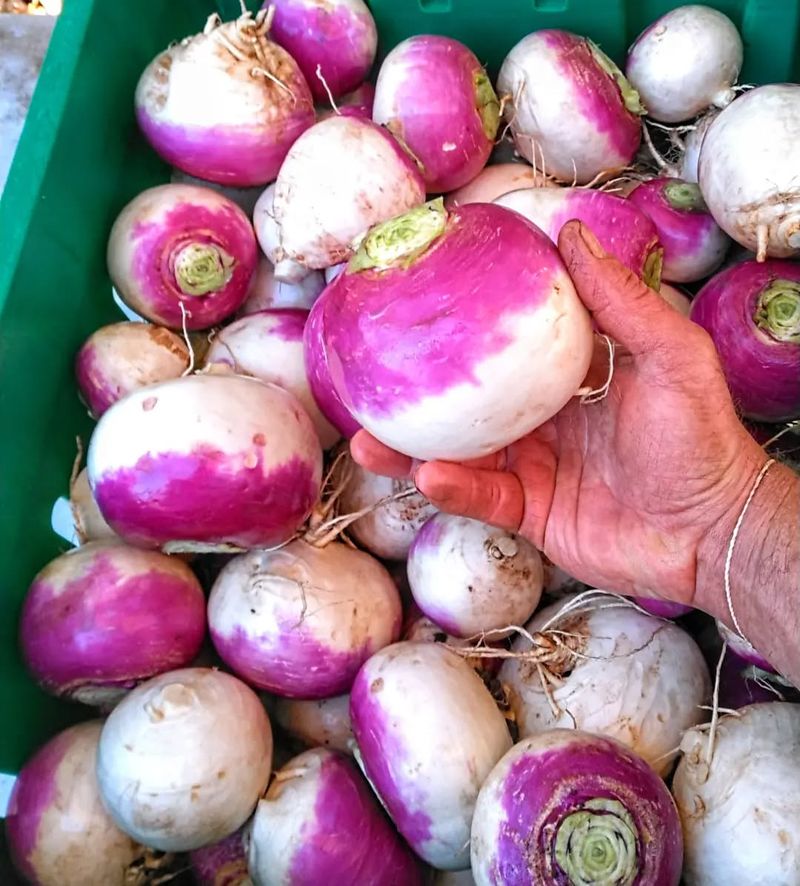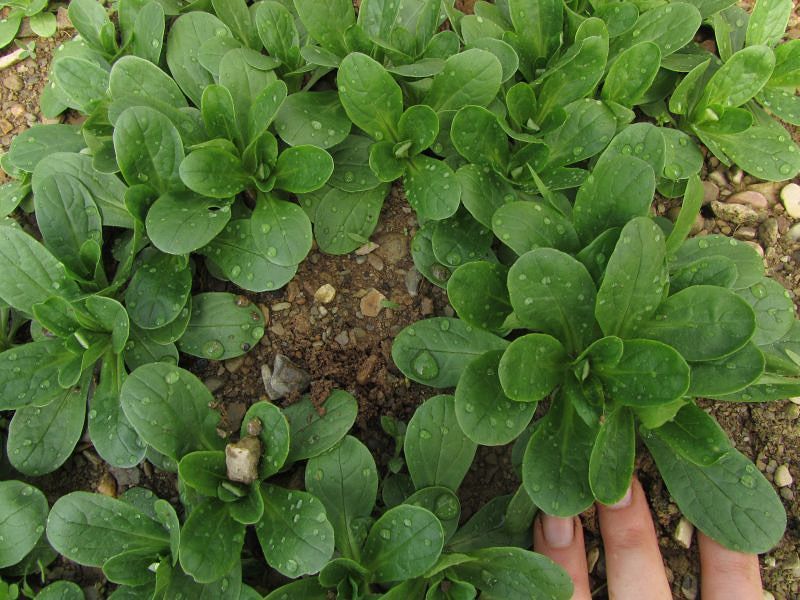Winter may be knocking on Michigan’s door, but that doesn’t mean the garden has to call it quits. Cold-hardy vegetables are built for this kind of weather, shrugging off frosty nights and settling into chilly soil as if it were a warm invitation.
Planting these tough performers before winter truly sets in gives them a head start, letting them grow slow and steady while everything else goes dormant. With the right crops in the ground now, you can set yourself up for fresh flavor long after the thermometer takes a dive.
1. Garlic
Fall is actually the best time to get garlic in the ground. Plant individual cloves about six weeks before the soil freezes completely, and they’ll develop strong root systems over winter.
Each clove will transform into a full bulb by next summer. Space them four inches apart and cover with mulch for extra protection.
Michigan gardeners love garlic because it requires minimal care and produces generous harvests that store beautifully for months.
2. Spinach
Spinach becomes sweeter when exposed to cold temperatures, making it perfect for late-season planting. Seeds germinate quickly in cool soil, and young plants can survive temperatures down to 15 degrees Fahrenheit.
Plant seeds about six weeks before your first hard freeze. You can harvest baby leaves throughout fall or let plants overwinter for an early spring crop.
Cover with row covers during extreme cold snaps for best results.
3. Kale
Known as one of the toughest vegetables around, kale actually tastes better after a few frosts hit it. Cold weather converts starches into sugars, giving leaves a milder, sweeter flavor that even picky eaters might enjoy.
Plant transplants or seeds in late summer through early fall. Kale can survive temperatures well below freezing and continues producing leaves all winter long.
Harvest outer leaves regularly to encourage new growth.
4. Radishes
Quick-growing radishes can mature in as little as three weeks, making them ideal for fall planting. Many varieties tolerate light frosts and develop crisp, spicy roots in cool conditions.
Sow seeds directly into garden beds up until four weeks before your average first frost date. Try winter varieties like Daikon or Black Spanish for longer storage capabilities.
Radishes also help break up compacted soil with their strong taproots.
5. Carrots
Carrots develop exceptional sweetness when they mature in cold weather. Plant seeds in late summer, and they’ll be ready to harvest after several frosts have touched them.
Many Michigan gardeners leave carrots in the ground all winter, heavily mulched with straw or leaves. You can dig them up as needed throughout the cold months.
Cold storage right in your garden means fresh carrots whenever you want them for soups and stews.
6. Lettuce
Cool-season lettuce thrives when temperatures drop, producing tender leaves without the bitterness that summer heat brings. Many varieties can handle light frosts and continue growing slowly through fall.
Plant seeds or transplants in late summer for continuous harvests. Use row covers or cold frames to extend your growing season even further.
Leaf lettuce varieties work best since you can harvest individual leaves instead of whole heads throughout the season.
7. Onions
Planting onion sets in fall gives them a significant head start for next year’s harvest. They’ll develop roots during mild periods throughout winter and burst into growth when spring arrives.
Choose varieties specifically labeled as winter-hardy or Egyptian walking onions for best results. Plant sets about four inches apart and two inches deep.
Mulch heavily after the ground freezes to prevent heaving, which can push bulbs out of the soil during freeze-thaw cycles.
8. Parsnips
Often overlooked, parsnips are incredibly cold-hardy root vegetables that require frost to develop their signature sweet, nutty flavor. They need a long growing season, so plant seeds in late summer for winter and early spring harvests in Michigan.
Leave them in the ground through winter, digging as needed. The freezing and thawing process naturally converts starches to sugars.
Parsnips store well in the soil and provide fresh vegetables when grocery store produce gets expensive.
9. Arugula
Spicy arugula grows rapidly in cool weather and can tolerate several hard frosts before giving up. Seeds germinate in just a few days when soil temperatures are right, allowing you to harvest crops even during winter in Michigan.
Plant every two weeks through early fall for continuous harvests of fresh salad greens. Arugula becomes milder and less peppery in cold weather, appealing to more palates.
Cut leaves when they’re young and tender, leaving roots to produce another flush of growth before winter settles in completely.
10. Turnips
Both turnip roots and greens are edible, giving you two vegetables from one planting. These fast-growing brassicas mature quickly and taste sweeter after exposure to frost.
Sow seeds directly into garden beds up to eight weeks before your first expected freeze date. Turnips tolerate poor soil better than many vegetables and rarely need fertilizer, which is great for Michigan areas.
Harvest roots when they’re tennis-ball sized for the best texture and flavor, or leave them larger for winter storage in a cool basement.
11. Mâche (Corn Salad)
Mâche might sound fancy, but it’s one of the hardiest salad greens you can grow. Also called corn salad or lamb’s lettuce, it survives temperatures down to 10 degrees Fahrenheit without protection.
Seeds germinate slowly, so plant them in early fall. Small rosettes of tender, nutty-flavored leaves appear and can be harvested throughout winter in many Michigan locations.
This European favorite deserves more attention from American gardeners who want fresh greens year-round without much effort.

